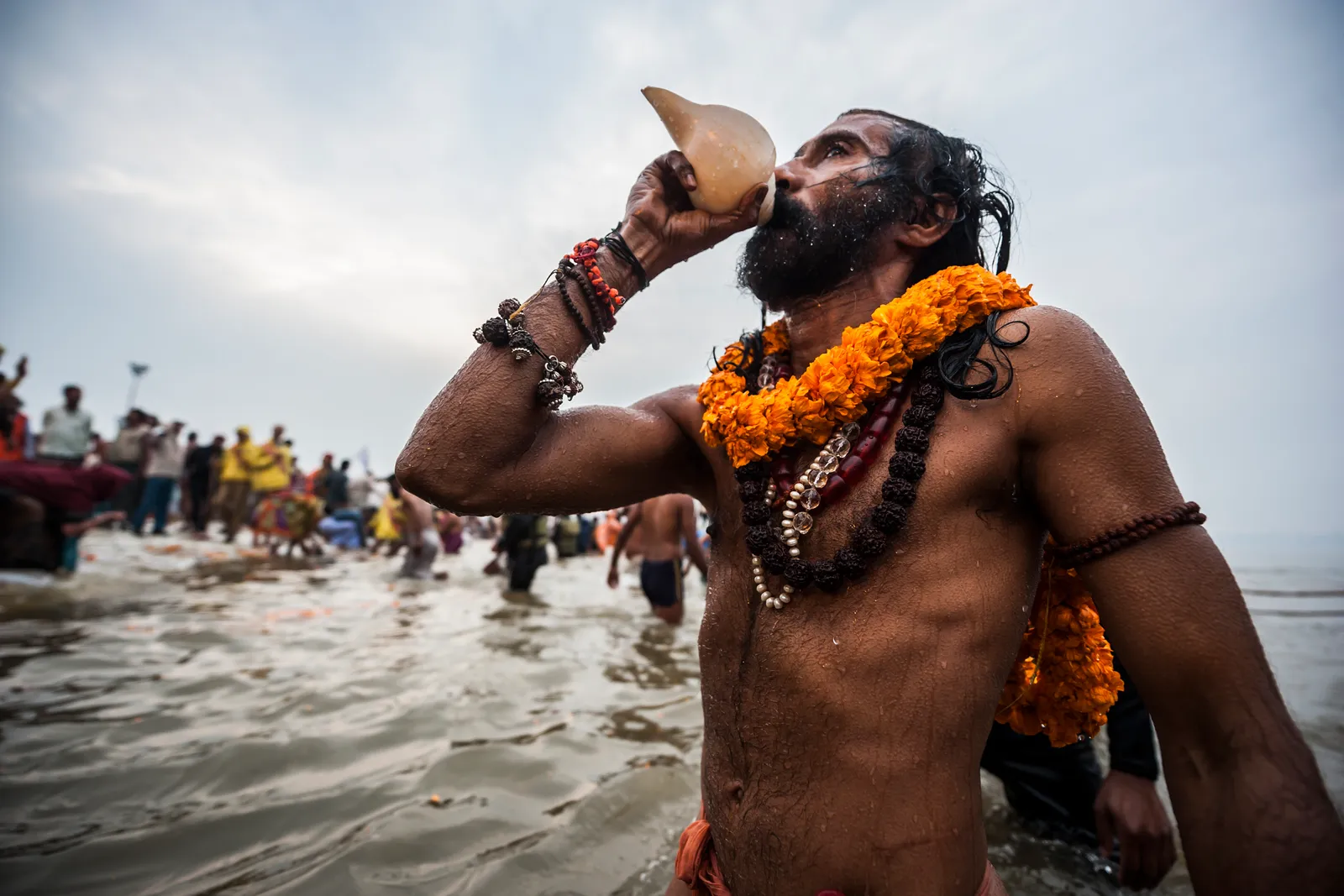The safety of the Kumbh water at Prayagraj during the Maha Kumbh Mela 2025 has been a subject of significant concern and debate, based on available data and reports up to February 22, 2025.
Recent findings from the Central Pollution Control Board (CPCB), submitted to the National Green Tribunal (NGT), indicate that the water quality at the Triveni Sangam—the confluence of the Ganga, Yamuna, and the mythical Saraswati rivers in Prayagraj—does not consistently meet primary bathing standards. Specifically, the CPCB report dated February 3, 2025, highlighted elevated levels of faecal coliform bacteria at various monitoring locations during the ongoing Maha Kumbh, which began on January 13 and runs until February 26, 2025. Faecal coliform levels have been found to exceed the permissible limit of 2,500 units per 100 milliliters on multiple occasions, with reports noting levels as high as 1,400 times the acceptable limit in the Ganga and 660 times in the Yamuna on certain days in January. High faecal coliform indicates sewage contamination, posing risks of waterborne diseases such as cholera, typhoid, dysentery, and skin infections, particularly with millions of devotees bathing in the rivers.
Additionally, the Biological Oxygen Demand (BOD)—a measure of organic pollution—has fluctuated. On January 13, the BOD at Sangam was 3.94 milligrams per liter (mg/L), above the 3 mg/L threshold considered safe for bathing by the Uttar Pradesh Pollution Control Board (UPPCB). It improved to 2.28 mg/L on January 14 and dropped to 1 mg/L on January 15, but later reports suggest inconsistent quality, with BOD levels exceeding safe limits on several occasions. Dissolved Oxygen (DO) levels have generally met standards (e.g., 8.3 mg/L on January 7), but this alone does not offset the bacterial contamination concerns.
Efforts by the Uttar Pradesh government to ensure water safety include closing industries upstream, diverting 34 untapped drains to temporary sewage treatment plants (STPs), and releasing fresh water to dilute pollutants. The UPPCB reported BOD at 3.0 mg/L and DO at 8.3 mg/L on January 7, claiming the water was suitable for bathing. Daily testing and waste management initiatives, like removing puja materials and deploying advanced technologies (e.g., Hybrid Granular Sequencing Batch Reactors), have also been implemented. Chief Minister Yogi Adityanath has asserted that the water is not only safe for bathing but fit for “aachman” (ritual sipping), dismissing contamination claims as misinformation and citing continuous monitoring and purification efforts.
However, these assurances contrast with the CPCB’s findings and earlier studies, such as the 2019 Kumbh Mela report, which also documented poor water quality with high BOD and faecal coliform levels. The sheer scale of the event—over 54 crore devotees have bathed by mid-February—exacerbates contamination, as human activity spikes bacterial levels, especially on major bathing days like January 14 (Makar Sankranti) and February 3 (Mauni Amavasya). The NGT has criticized the UPPCB for not providing real-time water quality updates to devotees, as mandated, raising transparency concerns.
In summary, while significant measures have been taken to improve water quality, the evidence suggests that the Kumbh water at Prayagraj is not consistently safe for bathing due to persistent faecal coliform contamination and fluctuating BOD levels. The risk is heightened during peak bathing periods. Devotees might consider avoiding deep immersion or sipping the water, and those with health vulnerabilities should exercise particular caution. The situation reflects a tension between infrastructural efforts and the environmental strain of such a massive gathering, leaving “safety” as a contested and variable assessment depending on specific days and locations within the Sangam area.
Is Maha Kumbh 2025 Water Fit to Drink at Sangam?



